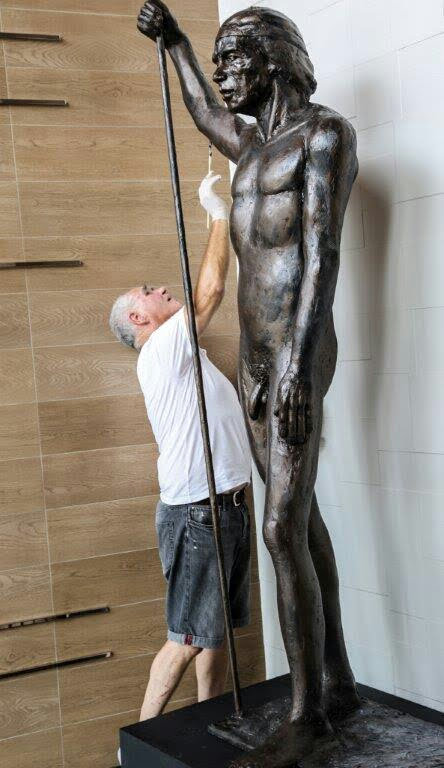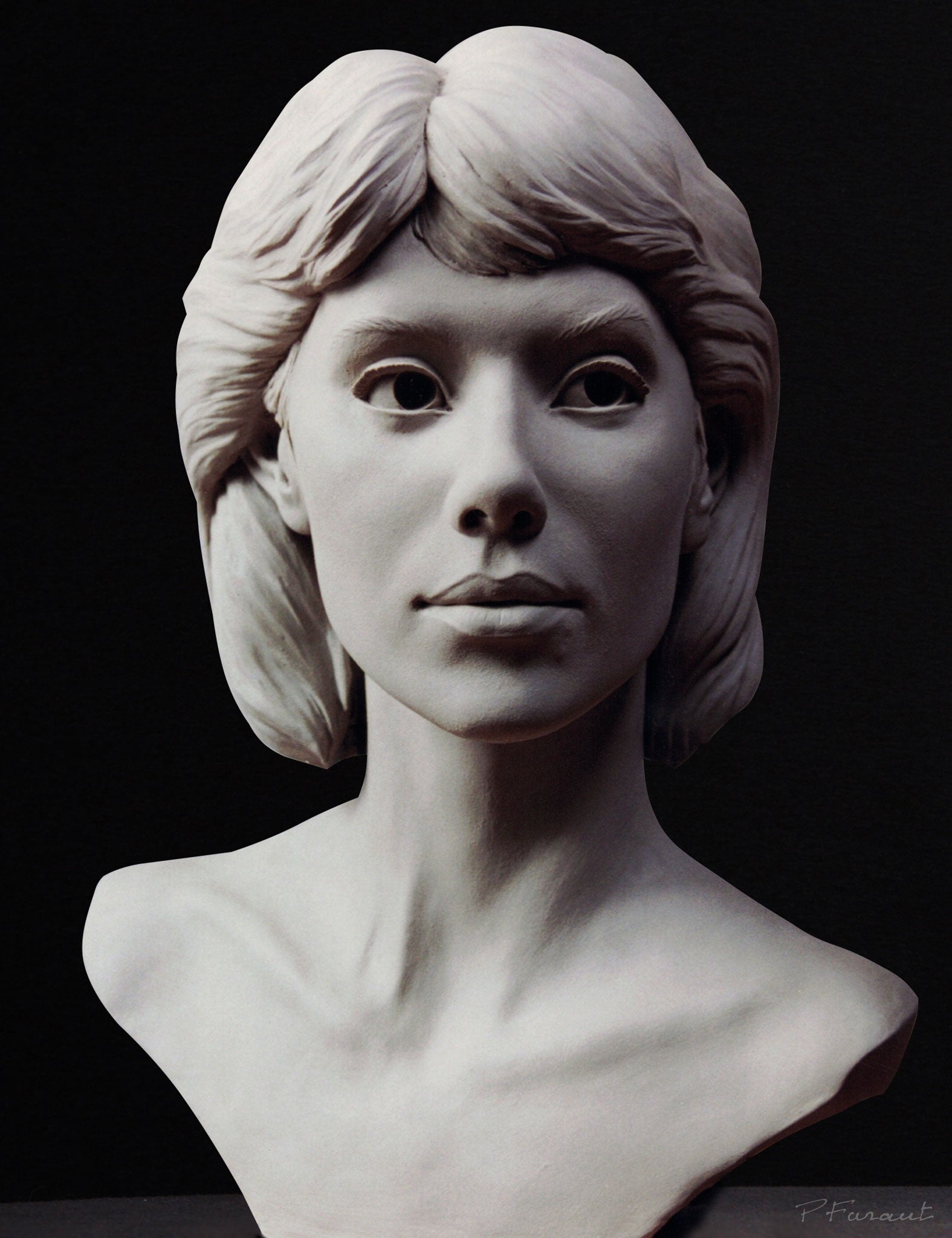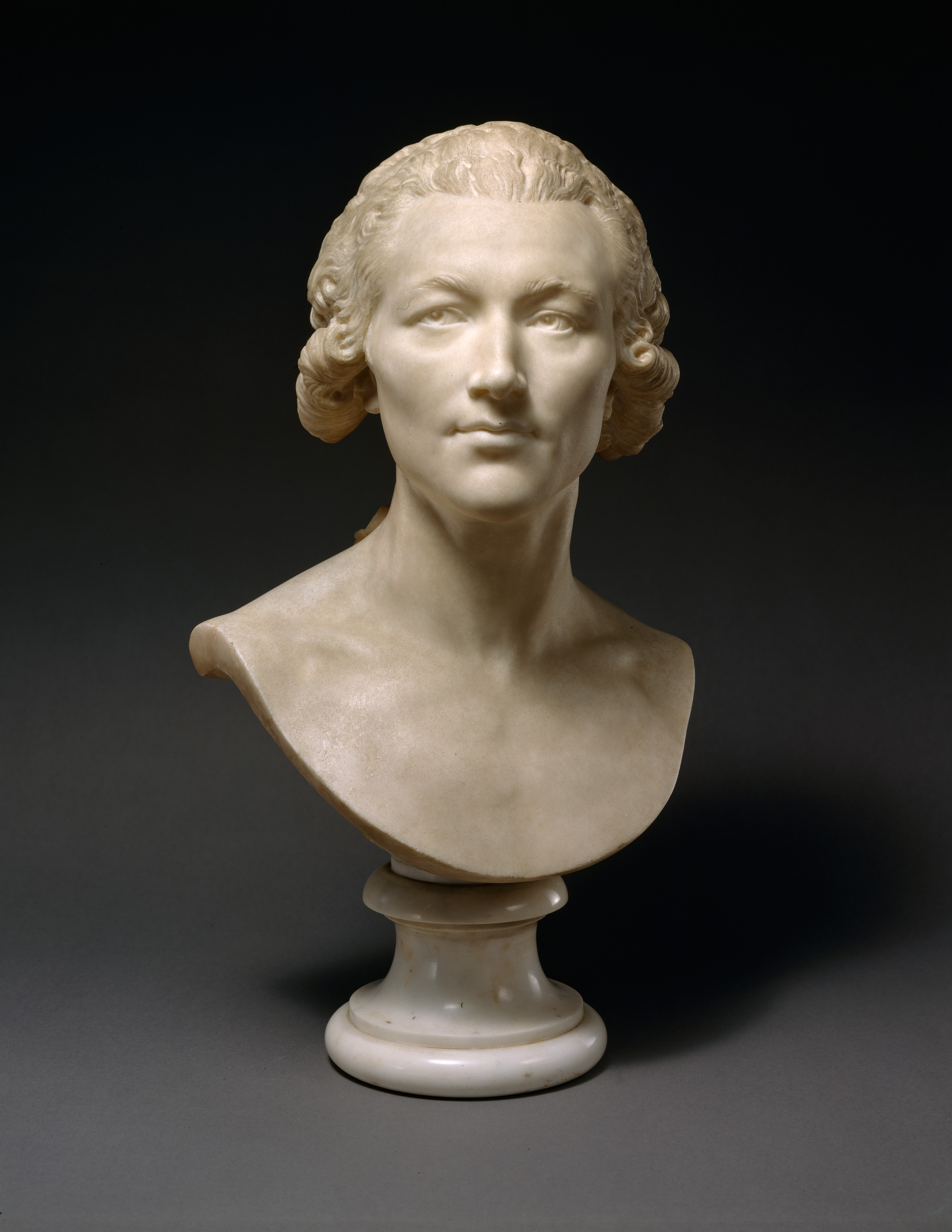Artistic Evolution: From Classic to Modern with Bronze Sculptures
Wiki Article
The Development of Sculptures: From Ancient to Modern
The Advancement of Sculptures: From Old to Modern. Equine Sculptures.Sculpture, among the oldest types of art, has actually been an indispensable part of human people for centuries. From the old human beings of Egypt and Greece to the modern-day age, sculptures have actually progressed, reflecting modifications in artistic techniques, materials, and cultural impacts. This trip through time traces the advancement of sculptures, exploring the changes stylishly, subject, and creative expression.
Beginning with the ancient world, sculptures crafted from stone and later bronze recorded the essence of deities, leaders, and everyday life. The Renaissance duration witnessed a revival of timeless sculpting methods, as artists looked for to replicate the graceful types of old Greek and Roman sculptures (Equine Sculptures). In the modern era, musicians tested traditional borders, accepting abstraction and trial and error with brand-new products
This expedition will delve into the diverse evolution of sculptures, disclosing the abundant tapestry of imaginative expression across various periods and societies.

Old Sculptures: From Rock to Bronze
Old sculptures transitioned from being carved out of stone to being cast in bronze. This change marked a substantial advancement in the art of sculpture, enabling greater improvement and detail in the completed jobs. Stone sculptures, while impressive in their own right, were restricted by the nature of the product. Stone called for extensive sculpting and forming, often leading to a more streamlined representation of the topic.The introduction of bronze as a medium for sculptures brought around a transformation in imaginative expression. Bronze used carvers the opportunity to develop realistic and elaborate forms that were not feasible with rock. The process of casting bronze allowed for the creation of several copies of a sculpture, enabling larger distribution and preservation of these artistic work of arts.
The transition from rock to bronze additionally saw a change in the subject issue of sculptures. While rock sculptures mainly illustrated gods, sirens, and mythological numbers, bronze sculptures started to reflect a more comprehensive series of subjects, including everyday individuals and animals. This growth of subject showcased the convenience and flexibility of the bronze medium.
Renaissance Resurgence: Forming in the Classical Style
The Renaissance resurgence of sculpture observed a rebirth in the classic style, structure upon the developments made during the shift from rock to bronze in old sculptures. During this period, musicians looked for to recreate the classical aesthetic and ideals of appeal that were prevalent in old Greek and Roman sculptures.One of the essential qualities of the Renaissance revival was the focus on naturalism and the human form. Sculptors like Donatello and Michelangelo make every effort to record the anatomical details and expressions of their topics with unmatched precision. They studied the body and integrated their observations right into their sculptures, resulting in realistic and realistic depictions.
One more essential aspect of the Renaissance revival was the expedition of viewpoint and deepness. Musicians utilized techniques such as contrapposto, where the weight of the body is moved away, developing a sense of activity and dynamism. They likewise explore various materials, including marble and bronze, to accomplish a level of class and complexity in their sculptures.

Modernism and the Avant-Garde: Damaging Traditional Boundaries
During the Modernism and Avant-Garde motions, sculptors pressed the borders of typical artistic conventions. This duration, which emerged in the late 19th and early 20th centuries, saw a dramatic shift in the way musicians came close to sculpture. Declining the concept of art as simple replica, modernist sculptors looked for to explore brand-new types, products, and concepts.
Among the essential features of modernist sculpture was the focus on abstraction. Artists moved far from practical representations and rather concentrated on capturing the significance of the topic through streamlined types and geometric shapes. This departure from conventional depiction enabled artists to express their feelings and concepts in an extra subjective and individual fashion.

Contemporary Sculptures: Exploring New Materials and Concepts
With a concentrate on discovering brand-new products and concepts, contemporary sculptures have changed the area of art. Artists today are pushing the boundaries of typical sculpture by using ingenious materials and exploring with abstract ideas. These sculptures test traditional notions of materiality, definition, and kind, welcoming customers to engage in a brand-new and provocative imaginative experience.Contemporary artists are accepting a broad array of materials, including plastic, glass, steel, and even organic matter. They are not restricted to the conventional tool of stone or clay, enabling higher civil liberty and testing. This shift in the direction of non-traditional materials has opened new opportunities for artists to develop sculptures that are vibrant, interactive, and aesthetically striking.
In addition to checking out brand-new products, modern sculptures also explore facility and abstract concepts. Musicians are now checking out styles such as identity, social issues, and the atmosphere, making use of sculpture as an effective tool for social discourse and self-questioning. These sculptures challenge viewers to think seriously and involve with art on a much deeper degree, sparking conversations and prompting psychological reactions.
Global Influences: Sculptural Traditions From Around the Globe
Sculptural traditions from numerous regions of the world have considerably shaped the advancement of sculptures throughout history. The worldwide influences on sculpture have actually varied and have actually added to the richness and selection of creative expressions. From the old civilizations of Egypt, Greece, and Rome to the intricate makings of Eastern societies, each region has actually developed its one-of-a-kind sculptural customs that have affected musicians across time.In old Egypt, sculptures were developed mostly for funerary and religious functions. The famous sculptures of gods and pharaohs, such as the Great Sphinx and the bust of Queen Nefertiti, display the Egyptians' mastery of rock sculpting and their idea in the afterlife.

In ancient Rome, sculpture served both creative and political purposes. Roman sculptures often shown emperors, generals, and mythological numbers, Source reflecting the power and grandeur of the realm. The marble statue of Augustus of Prima Porta and the huge Arch of Constantine are noteworthy instances of Roman sculptural accomplishments.
Asian sculptural practices, particularly in India, China, and Japan, have likewise had an extensive impact on the advancement of sculptures. Japanese sculptures, affected by Buddhism, emphasize simplicity and harmony, seen in the peaceful sculptures of Buddha and the sophisticated art of bonsai.
The international impacts on sculpture remain to evolve in the modern-day period. Artists today attract ideas from numerous sculptural practices, including brand-new products, strategies, and ideas to create innovative and thought-provoking art work. The combination of different social influences has generated a dynamic and diverse sculptural landscape, showing the interconnectedness of our international culture. As we look to the future, it is certain that the global influences on sculpture will remain to form and redefine this ancient art type.
Conclusion
To conclude, the advancement of sculptures has seen a shift from ancient stone and bronze works to the classic resurgence during the Renaissance. This was followed by the splitting of typical borders with innovation and the avant-garde movement. Today, modern sculptures check out new products and ideas, while also attracting ideas from global sculptural customs. The trip of sculptures reflects the ever-changing creative expressions and cultural impacts throughout background.From the ancient human beings of Egypt and Greece to the modern period, sculptures have progressed, showing changes in artistic strategies, products, and social influences.Starting with the old world, sculptures crafted from stone and later on bronze caught the essence of divine beings, leaders, and everyday life.Ancient sculptures transitioned from being carved out of stone to being cast in bronze. While stone sculptures mostly depicted gods, sirens, and mythological numbers, bronze sculptures began to reflect a broader array of subjects, consisting of everyday individuals and animals.In conclusion, the development of sculptures has actually seen a shift from old stone and bronze functions to the classical revival during the Renaissance.
Report this wiki page